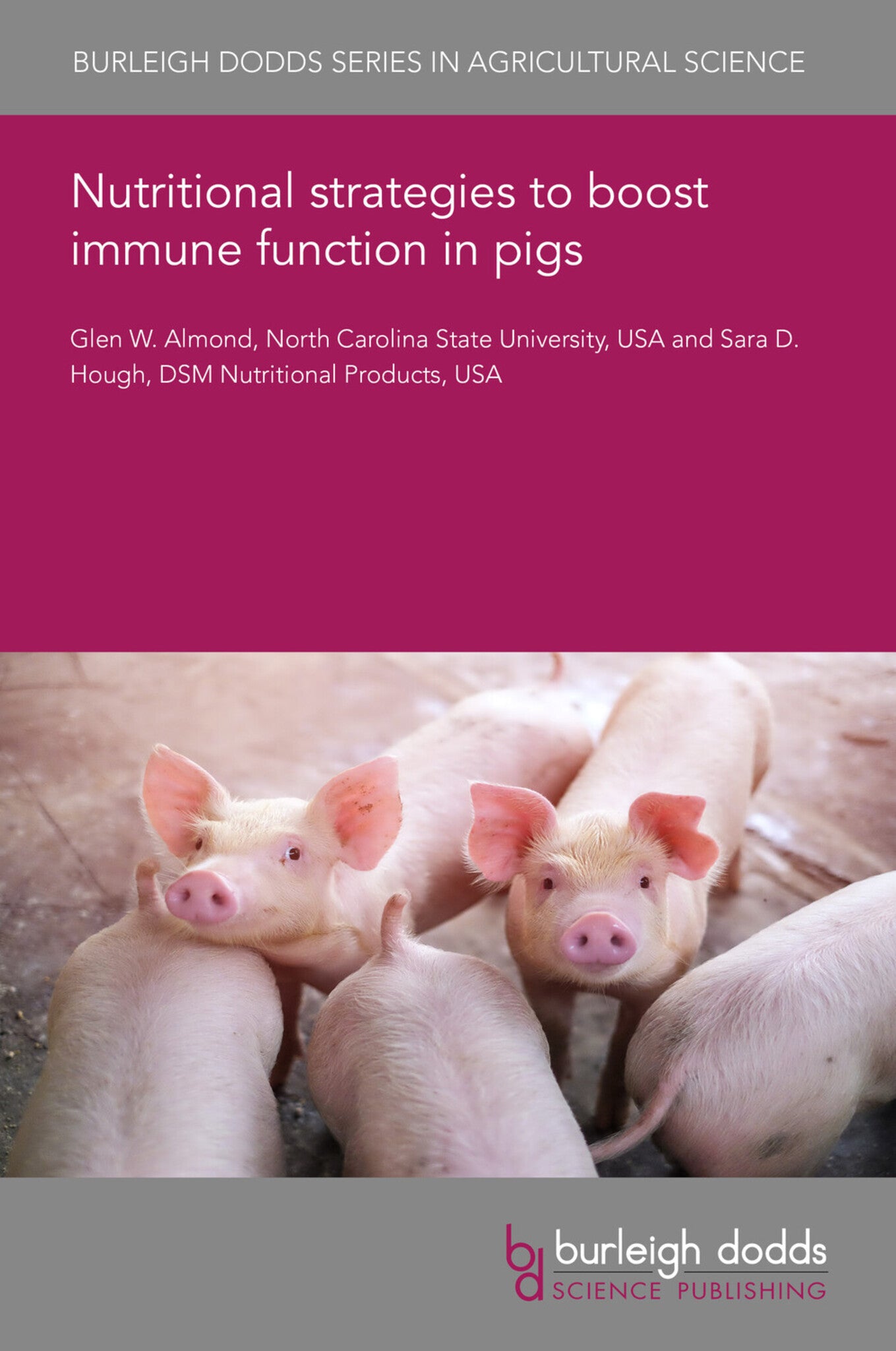We're sorry. An error has occurred
Please cancel or retry.
Nutritional strategies to boost immune function in pigs
Regular price
£25.00
Sale price
£25.00
Regular price
£0.00
Unit price
/
per
Sale
Sold out
Re-stocking soon
Our understanding of porcine nutrition and immunity has increased dramatically over the last two decades. For the vast majority of nutrients, researchers attempted to demonstrate the potential to i...
Read More

Some error occured while loading the Quick View. Please close the Quick View and try reloading the page.
Couldn't load pickup availability
- Format:
-
31 October 2022

Our understanding of porcine nutrition and immunity has increased dramatically over the last two decades. For the vast majority of nutrients, researchers attempted to demonstrate the potential to improve immunity in pigs. The use of lipopolysaccharide to stimulate the immune system often was used to evaluate the influence of nutrition; however, all pathogens are not created equal and there is considerable variation within a single pathogen, let alone within a disease category. We need to learn more about how each antigen interferes with metabolism, and disease challenges are likely multi-factorial, which makes it challenging to plan for each disease-related scenario. Environmental regulations are becoming stricter and these regulations vary from country to country. Hence, some of the nutrients, which provided alternatives to antibiotic therapies, face more obstacles for practical, on-farm use. This chapter is not intended to review all nutrients, nor the complete immune response, but rather to provide select examples of nutrient strategies to boost immune function.

Price: £25.00
Publisher: Burleigh Dodds Science Publishing
Imprint: Burleigh Dodds Science Publishing
Series: Burleigh Dodds Series in Agricultural Science
Publication Date:
31 October 2022
ISBN: 9781801466868
Format: eBook
BISACs:
TECHNOLOGY & ENGINEERING / Agriculture / Animal Husbandry, Animal husbandry, TECHNOLOGY & ENGINEERING / Agriculture / Sustainable Agriculture, Sustainable agriculture

1 Introduction 2 How does immune challenge affect pig growth? 3 Pregnancy, lactation and pre-weaned piglets 4 Proteins and amino acids 5 Lipids and fatty acids 6 Fiber, glucans and carbohydrates 7 Minerals 8 Vitamins 9 Nonnutritive feed additives 10 Conclusion and future trends 11 Where to look for further information 12 References



